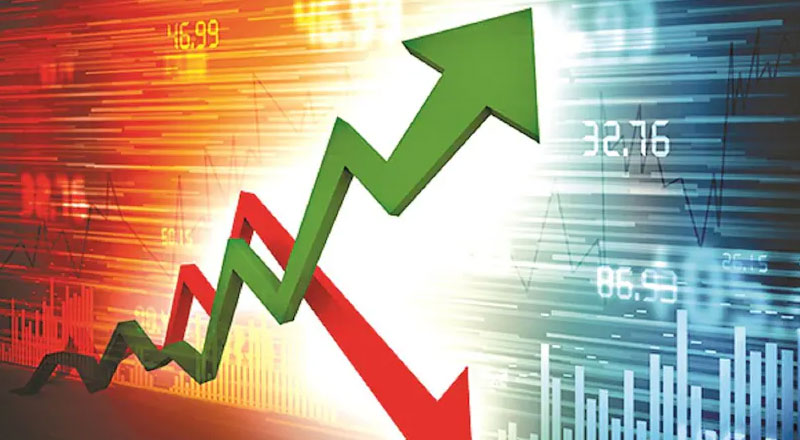Global Markets in Flux Post-Tariff Whiplash
Global stock markets have been thrown into disarray in the wake of renewed U.S.-China trade tensions, reminiscent of the turbulence during the Trump-era tariff wars. The dramatic imposition—and subsequent pause—of aggressive tariffs by President Donald Trump has sparked fresh volatility, igniting sell-offs across major Asian indices. Wall Street’s massive downturn set the tone for a risk-averse trading session in Asia, where markets crumbled under investor anxiety. However, in a striking contrast, Indian equities bucked the trend, posting a remarkable surge and signaling investor confidence in India’s relative market stability.
Sensex Rallies as India Defies the Regional Mood
While Japan’s Nikkei plunged over 5.4% and Australia’s ASX 200 dropped 2.4%, India’s benchmark indices surged in early trade Friday. The S&P BSE Sensex rallied 1,353 points to breach 75,200, and the NSE Nifty 50 rose 443 points, crossing 22,800. This rally followed the White House’s announcement of a 90-day pause on ‘reciprocal’ tariffs—a move those markets interpreted as a cooling signal in the escalating U.S.-China trade row.
India’s performance stands in sharp contrast to the broader Asian region, where uncertainty and fear dominated. The Nikkei 225, which had gained 9% just a day earlier on hopes of tariff relief, reversed course sharply. South Korea’s Kospi and Hong Kong futures also signaled weaker sentiment, while Australia and New Zealand saw sweeping declines.
Expert Take: India’s Relative Resilience
Market analysts believe India’s strong fundamentals, domestic consumption strength, and policy consistency have helped insulate it from external shocks to some extent. Experts also point to the structural reforms and growth outlook that continue to attract foreign institutional investors, despite global headwinds.
“India’s decoupling from the broader Asian sentiment is a testament to the underlying confidence in its economy and earnings potential,” said a Mumbai-based fund manager. “While global investors are jittery over Trump’s tariff theatrics, they see India as a more stable and predictable market.”
However, experts caution that while India may show short-term resilience, sustained global volatility could still impact liquidity flows and sentiment over the medium term.
The U.S. Economy and Market Uncertainty
Trump’s tariff whiplash—announcing 145% tariffs on select Chinese goods followed by a sudden pause—has created confusion among global investors. His statements, such as “there will always be transition problems,” have done little to calm nerves. Though the U.S. economy remains fundamentally strong, the unpredictability of policy decisions is injecting new risks into global financial markets.
Investors are now grappling with whether this pause is strategic or simply a temporary retreat under political pressure. The inconsistency has made it harder for markets to price risk, especially as U.S. fiscal and trade policy uncertainty grows.
A Temporary Lift or Turning Point?
India’s market outperformance may signal investor faith in its domestic story, but global fragility looms large. With geopolitical tensions rising and financial markets growing more sensitive to policy shifts, the path ahead remains uncertain. If the U.S. continues with erratic trade moves, the resulting instability could eventually seep into even the most resilient markets. For now, India shines—but the global shadow is never far behind.
(With inputs from agencies)





